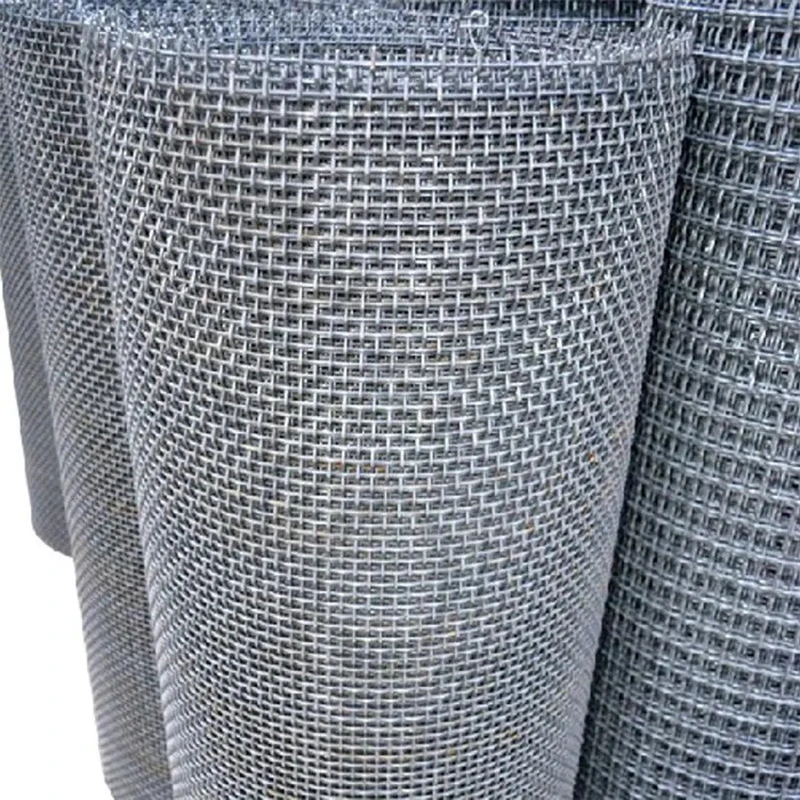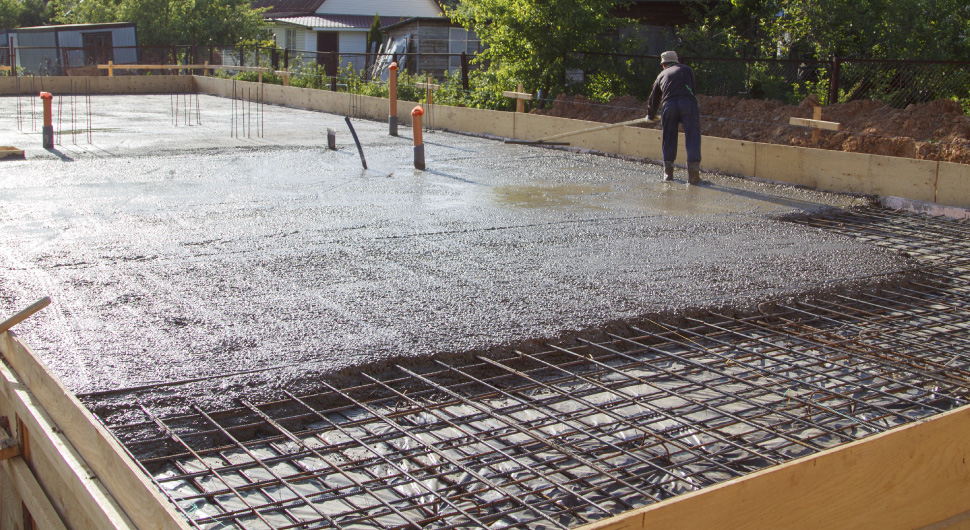-
+86 15030157877
-
sales@galvanizedmetalmesh.com
Jan . 19, 2025 05:46 Back to list
Perforated Metal Mesh
Metal perforated plates are a cornerstone in modern architectural and industrial applications, offering unique aesthetic and functional benefits. Their versatility across various sectors, from construction to automotive, underscores the importance of understanding their properties, applications, and advantages to harness their full potential.
Understanding the materials used for metal perforated plates is crucial for selecting the right product for any application. Common materials include stainless steel, aluminum, and carbon steel, each offering distinct benefits. Stainless steel, renowned for its corrosion resistance and strength, is ideal for applications exposed to harsh environments. Aluminum, being lightweight and corrosion-resistant, is suitable for applications where weight is a critical factor. Carbon steel provides robust performance at a lower cost, making it a practical choice for less demanding environments. Customization is a key advantage of metal perforated plates. Tailoring the hole patterns, shapes, and sizes allows designers and engineers to address specific challenges and optimize product performance. Advanced manufacturing techniques, such as CNC punching and laser cutting, ensure precision and efficiency, enabling the production of bespoke designs that meet exact specifications. Furthermore, sustainability plays a significant role in the appeal of metal perforated plates. Metal is inherently recyclable, and perforated plates contribute to sustainable practices by reducing material usage without compromising strength or functionality. This aligns with global efforts to minimize waste and resource consumption, further highlighting their importance in modern design and engineering. Ensuring the quality and durability of metal perforated plates requires partnering with reputable manufacturers. Key considerations include the manufacturer's expertise, compliance with industry standards, and the quality of the raw materials used. Assessing these factors not only guarantees superior product performance but also builds trust and confidence in the plates' long-term reliability. In conclusion, metal perforated plates are an essential component in numerous industries, offering unmatched versatility, functionality, and sustainability. Their ability to enhance design aesthetics, improve operational efficiency, and contribute to environmental goals makes them a valued choice in modern engineering and architecture. By selecting the appropriate materials and customization options and partnering with reputable suppliers, businesses can fully leverage the benefits of metal perforated plates, ensuring successful and innovative applications across diverse sectors.


Understanding the materials used for metal perforated plates is crucial for selecting the right product for any application. Common materials include stainless steel, aluminum, and carbon steel, each offering distinct benefits. Stainless steel, renowned for its corrosion resistance and strength, is ideal for applications exposed to harsh environments. Aluminum, being lightweight and corrosion-resistant, is suitable for applications where weight is a critical factor. Carbon steel provides robust performance at a lower cost, making it a practical choice for less demanding environments. Customization is a key advantage of metal perforated plates. Tailoring the hole patterns, shapes, and sizes allows designers and engineers to address specific challenges and optimize product performance. Advanced manufacturing techniques, such as CNC punching and laser cutting, ensure precision and efficiency, enabling the production of bespoke designs that meet exact specifications. Furthermore, sustainability plays a significant role in the appeal of metal perforated plates. Metal is inherently recyclable, and perforated plates contribute to sustainable practices by reducing material usage without compromising strength or functionality. This aligns with global efforts to minimize waste and resource consumption, further highlighting their importance in modern design and engineering. Ensuring the quality and durability of metal perforated plates requires partnering with reputable manufacturers. Key considerations include the manufacturer's expertise, compliance with industry standards, and the quality of the raw materials used. Assessing these factors not only guarantees superior product performance but also builds trust and confidence in the plates' long-term reliability. In conclusion, metal perforated plates are an essential component in numerous industries, offering unmatched versatility, functionality, and sustainability. Their ability to enhance design aesthetics, improve operational efficiency, and contribute to environmental goals makes them a valued choice in modern engineering and architecture. By selecting the appropriate materials and customization options and partnering with reputable suppliers, businesses can fully leverage the benefits of metal perforated plates, ensuring successful and innovative applications across diverse sectors.
Next:
Latest news
-
Premium Eco-Friendly Roof Tiles | Affordable & Durable
NewsJul.31,2025
-
Premium Roof Tiles for Durable & Stylish Roofing Solutions
NewsJul.30,2025
-
High-Quality Roof Tiles for Durable & Stylish Roofing Solutions
NewsJul.29,2025
-
High Quality Square Wire Mesh Manufacturer & Supplier for Wholesale
NewsJul.29,2025
-
Premium Roof Tiles for Durable & Stylish Roofing Solutions
NewsJul.29,2025
-
Hexagonal Gabion for Slope Protection & Retaining Walls | Durable Wire Mesh
NewsJul.29,2025



